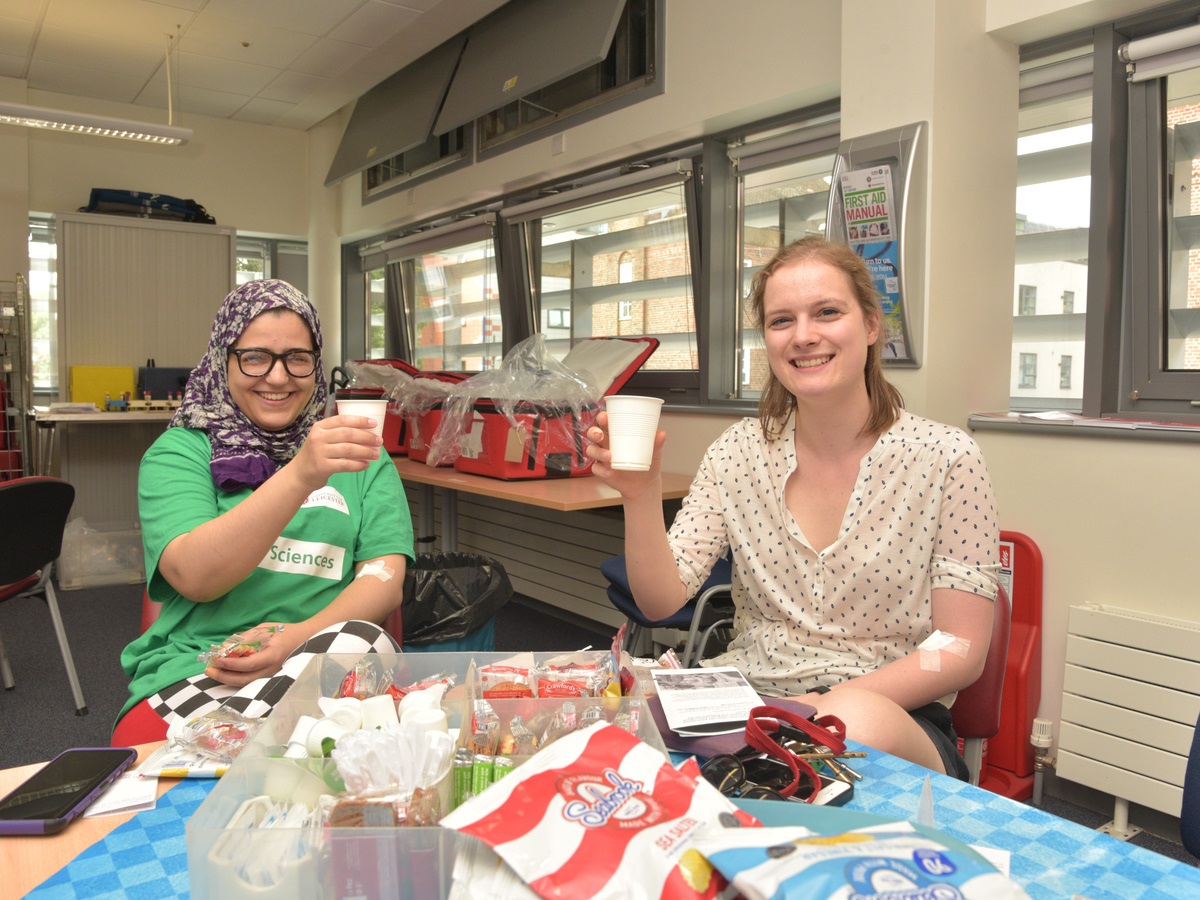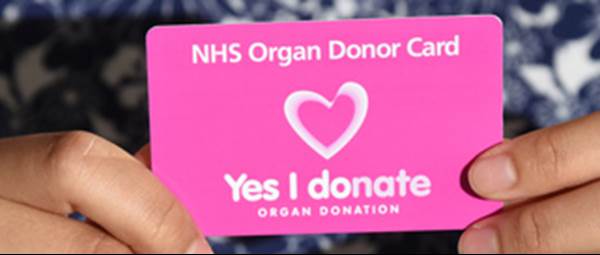Who can be a living donor?
Most living donors are someone you know, but there are other less common options
Key points
- Most living kidney donors are close relatives, partners or good friends of the person having the transplant
- You will need to ask family and friends if they are interested in giving you a kidney
- Tests will be done to make sure your living donor can safely donate
- If your living donor is not a suitable match for you, you and your donor may be able to join the national living donor kidney sharing scheme
Types of living kidney donors
 1. Living donation from someone you know
1. Living donation from someone you know
Most living kidney donors are close relatives, partners or good friends of the person having the kidney transplant.
Asking someone to be your living donor
The team looking after you are not able to contact living donors on your behalf. If you would like a kidney transplant from a living donor, you will need to talk to family and friends and ask if they are interested in giving you a kidney.
Your transplant team can advise on ways to do this.

What happens if a relative, partner or friend agrees to be your living donor?
1. Tell your transplant team. They will give you the details of the person your potential kidney donor will need to contact.
Find the contact details for the relevant kidney transplant centre
2. If your potential living donor is happy to go ahead with donation, they will have a series of tests. These will check the health of their heart and lungs, and check that their kidney function is excellent.
3. The team looking after your potential living donor will not allow them to donate a kidney if there is a serious risk to their health.
4. The operation to remove a kidney from a living donor takes 2-3 hours and is usually done through ‘keyhole’ surgery.
5. Most living donors are in hospital for 2-4 days after their surgery. There are risks to donating a kidney, and these will be fully explained to the potential donor.
 2. Paired or pooled donation
2. Paired or pooled donation
If your potential living donor is not a suitable match for you, it may be possible to join the national living donor kidney sharing scheme. A sharing scheme offers a chance to swap or exchange donor kidneys with another donor-recipient pair in the same situation as you.
What happens during paired donation?
Sometimes, if you have only low levels of antibodies against your donor, it may still be possible to have a kidney transplant from them. In this situation, you might need treatment to reduce the level of antibodies in your blood so that you can safely receive the new kidney. There may be higher risks of rejection and you might need extra immunosuppression. Your kidney transplant team can tell you more.
Learn more about the UK Living Donor Sharing Scheme (PDF, 268KB)

 3. Receiving a living donor kidney from someone you don’t know
3. Receiving a living donor kidney from someone you don’t know
Sometimes patients with kidney disease make appeals on social media for people to come forward and donate a kidney to them. If you don’t know the person who comes forward, and the person wants to donate specifically to you, this is called directed altruistic donation.
Sometimes people contact transplant units and want to donate their kidney to anyone on the national transplant waiting list. This is called non-directed altruistic donation.


